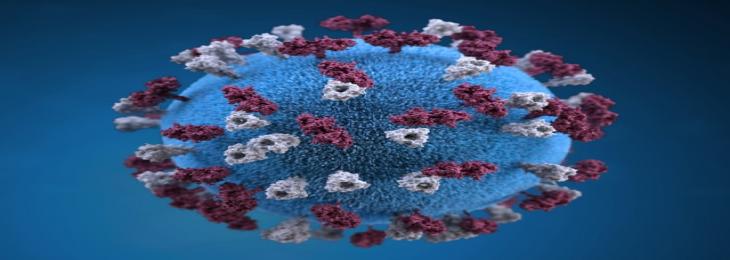
After emerging first in December 2019, novel coronavirus, ravaged whole world with pandemic being imposed.
The virus got transmitted in every continent in a community scale except Antarctica. SARS-Cov-2, the virus was thought to be inconsequential entity, which circulates in the nature with the help of various host and other intermediate species, thereby occasionally infecting the humans. It was also thought that the infection of this virus is only limited in the upper respiratory tract in a mild state. However, the pathogenesis of Covid-19 is somewhat different and it’s characterized by a novel spike protein, extremely prone to mutation. Thus, along with respirator disorder it also results in Heart, Liver, and Kidney damage.
The SARS-Cov-2 interact with angiotensin receptor of the host cell with its own glycoprotein spike. The receptor is named as Angiotensin Converting Enzyme 2 (ACE2). This association helps the virus to enter in to the host cell crossing the cell membrane. This ACE2 receptor is widely distributed in different area of the body like endothelium layer of arteries and veins, alveolar cells of human lungs, in few enterocytes and also in parts of the CNS (Central Nervous System). ACE2 in particular scientific study is found to be the SARS-Cov-2 receptor. And thereby ACE2 is providing a specific link between inflammation, immunity and other symptoms of this disease. The difference in the amino-acid residue of the receptor-binding protein of human ACE2 receptor is the reason of its building ability to the human host cell, which will also add to the increased pathogenesis of SARS-Cov-2.
Thereby it can be concluded that ACE2 can protect intense lung infection. Although it can also act as a facilitator for the virus to get entry in to the epithelial layer of the lungs, therefore acting as the major site for different therapeutic interventions. Although an ongoing debate is present whether ACE2 increase viral susceptibility in the patient’s body, or inhibiting the receptor can hold the viral infection as a whole. Proper targeted mechanism will always be helpful for proper clinical outcome.






